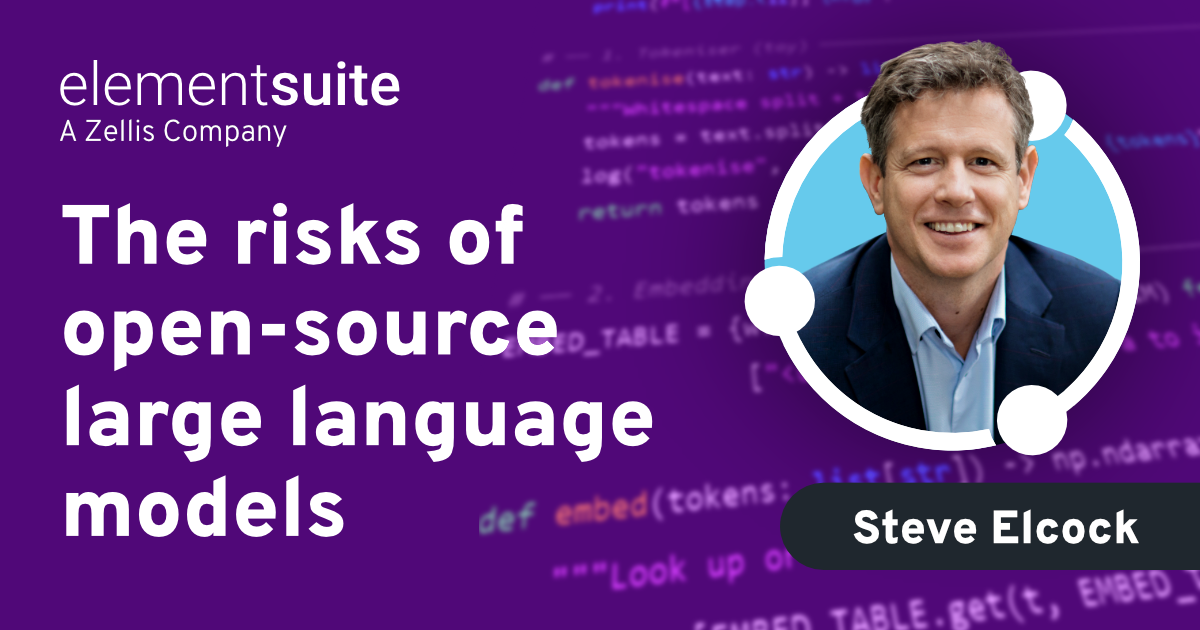If nothing else, the pandemic has reminded us of the importance of our people and the relationship between people and workplace for a successful business. Giving people the autonomy to work in a way that plays to their natural routine. To work wherever and whenever they are most productive is seen as a primary goal for many companies. This is obviously predicated on your business type and model working well in this way, or maybe you need to reimagine it in a different way. This approach puts the employee first in the future of our workplaces.
Pyjamas on Monday and office on Friday – its time to reimagine the workplace experience
For many companies, the pandemic has accelerated working remotely. Its forced them to adopt digital processes where previously they had been reticent or reluctant. For companies that had no established work from home models prior to the pandemic, they’ve had to transition to survive. This compelling event represents an opportunity for both the business and the employee. Moving to a more agile and hybrid approach requires a shift in mindset and technology that works.
A new world of work awaits, as companies look at the longer term. The ability to attract and retain talent will depend significantly on a combination of flexible people-first experiences. Companies may decide to give their employees further flexibility to WFH (work from home), or even work from bed (WFB) in their PJ’s and select which days they want a desk to accommodate child care and personal preferences. Agility and flexibility should be underpinned by technology that works for your business and your people. There is a direct correlation between workplace, employee experience and employee engagement, all of which contribute to the bottom line.
So where should people work?
Defining where people work is not so easy. If your business is retail, hospitality, or any other customer facing and service industry, employees have little choice about where they can work, but other industries can offer more flexibility. A Metro article suggests that ‘HQ’s are finished’ and The Telegraph suggests that employers should only be able to reject working from home if a staff members job can only be done in the workplace.
Research from McKinsey suggests that businesses who interact with customers in close proximity are likely to see significant changes to the workplace, because they are necessarily interacting with individuals for whom internal compliance checks or health testing cannot be assured – which probably means more space is needed to mitigate perceived and real risks.
- Remote working and online meetings are likely to continue, but in a less intense way
- The change in behaviour to more online and ecommerce is here to stay
- JLL predicts the demand for more flexible offices and workspaces, including more space per person
Workplace is about the environment
Where people work is about the environment, and working somewhere that’s appropriate to the work you do. Can you ensure the right level of security? If you are working from home, can you be sure that others cannot see ‘confidential’ elements of your work. Are you able to have a quiet uninterrupted space for meetings and phone calls?
But for some, home is not where they want to work, they want to interact with colleagues face to face, feel part of a team, experience office comradery and benefit from all the richness of office life and corridor conversations.
Workplaces need to support all elements of working life for an employee: wellbeing, engagement, development, health and safety, productivity, performance, and efficiency. Plus, it needs to meet the demands of the business.
The hybrid workplace
What’s emerging is the concept of a hybrid workplace which puts the employee first because it offers them choice.
- Physical commute or virtual commute
- Technology that sends reminders whether home or office
- Personal check-ins with managers, colleagues and work buddies -virtual or office
- Emotional wellness – such as virtual meditation
- Physical wellness – such as take a break reminders
This is a more digital workplace with innovations and apps that will engage, empower, unite and motivate people. Wellbeing is a key consideration, but also experience and engagement remain at the forefront. Digital HR supports the hybrid workplace, and brings cost efficiencies and productivity with it too.
Working hours
Offering choice about where you work means choice on your working hours too. Your working hours are likely to be dictated by the nature of the business. However, giving people the flexibility to work to their natural routine, enables them to perform better, and be more productive: assuming your business and HR policies allow for this. It may even be worth encouraging lie-ins or working late, if that’s what suits the individual. It also provides greater flexibility for child care too which can significantly ease the home pressures for staff. As long as employees deliver their work, perform and work their expected hours each week or month, does it matter when they work?
For some businesses this model will not work. However a set of core hours can help ensure that people and teams can easily communicate and interact. Alternatively, selective days each week when everyone is in the office may work better for certain business.
Delivering the employee first, workplace of the future
- Emotional workplace – creating and establishing normal, culture and wellbeing for staff. A combination of people and technology
- Physical workplace – a hybrid and flexible approach to working location and environment. A combination of flexible office, pods and hot-desking, break-out and chat spaces for the office. And working from home or other locations
- SMART digital workplace – an ecosystem that brings together all the digital tools, technology and platforms that enable people to do their work, wherever they are located. User-friendly and intuitive, making is easy for people to access everything, quickly and securely, without frustration







